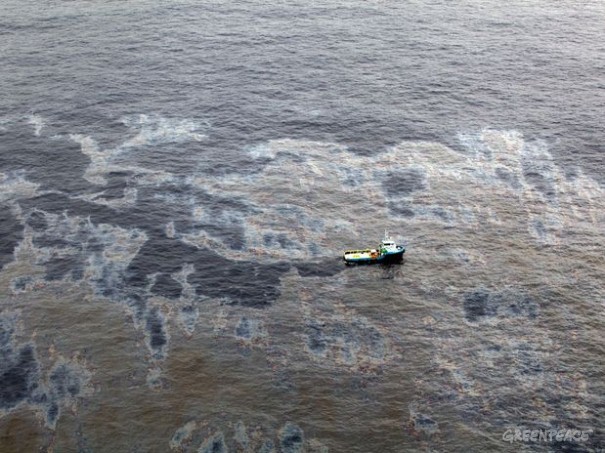When they plotted the epicenters of the earthquakes they were very surprised to see that they all fell in line with an industrial well along the Mahoning River. This well is 9,000 feet deep and used by a company to dispose of millions of gallons of waste products such as brine, from natural gas wells near by. To harness natural gas, companies employ a process called hydraulic fracturing, which unlocks the gas from shale rock, along with this comes those millions of gallons of liquid waste.
Simply pouring liquid waste into the well might sound like a cop out in the disposal end of the deal, and it might be, but the way fracking is related to the earthquakes is hypothesized to be when the pressure pushes those liquids from the well into deeper rocks and consequently unlocks ancient faults permitting them to slide. Although the chances that this will cause earthquakes around every disposal well and natural gas mine are slim, the increase in natural gas wells is worrisome to many.
http://www.nytimes.com/2011/12/13/science/some-blame-hydraulic-fracturing-for-earthquake-epidemic.html?_r=2




